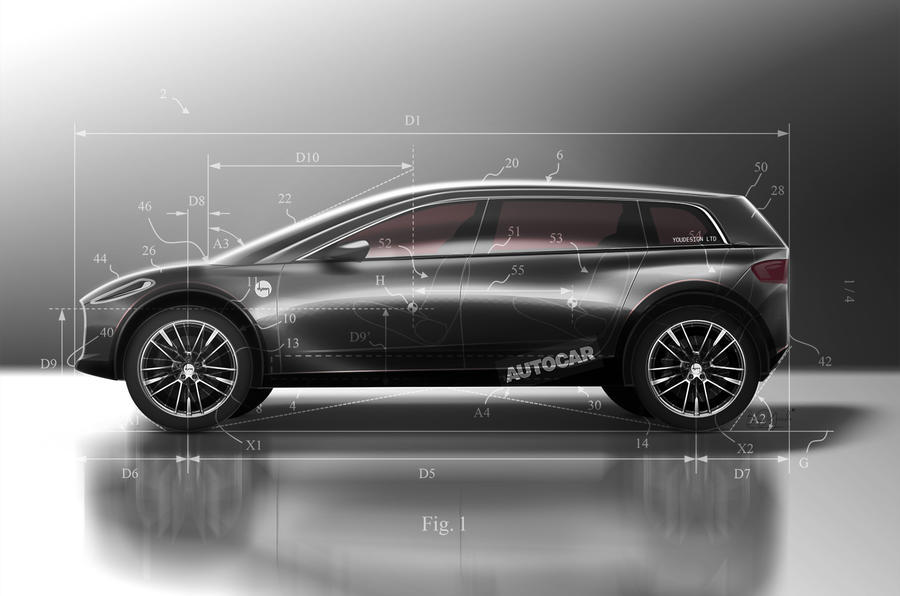Last week, Dyson announced they cancelled its $2.5 billion electric vehicle project. A vacuum and home goods manufacturer building an electric car? Yes, as they could make use of the electric motor technology and air filter technology applied in their vacuum cleaners and hairdryers, all to make a ‘radically different car’.
So, what went wrong? In 2017, James Dyson, the founder of the company, announced the plan for making an electric car and pulled together a 400 car engineer strong team. How it went on from that point? We do not really know. And that might be one of the reasons the project failed.
Dyson was so secretive about its efforts on R&D, that within Dyson multiple teams worked on the same problem without their knowledge. Besides, suppliers were given only very limited information on parts, being able to only read information for one hour before it deleted itself. This halted cooperation between suppliers and Dyson and scared away talented new employees.
‘They are trying to impose Dyson’s culture on the automotive industry,” a departed employee mentioned. “You don’t build cars the same way you build a vacuum cleaner.” Dyson significantly mistook the automotive industry with the industry they were used to, which is building home goods.
After all, I believe Dyson actually did a great job. It’s these kind of brave, bold cross-industry projects that will foster innovation. By applying knowledge from one industry into another, innovation can be transferred beyond the usual industry barriers. Dyson’s battery and electric motor expertise can and should be applied not only in its own industry, but also shared and sold for purposes other than vacuum cleaners and hair dryers.
Sources:
Pooler, Michael. “Why Dyson Pulled the Plug on Its ‘Fantastic’ Electric Car.” Financial Times, Financial Times, 11 Oct. 2019, www.ft.com/content/1e032472-ec34-11e9-85f4-d00e5018f061. Accessed 15 Oct. 2019.
Turner, Giles, and Peter Robinson. “What Happens When a Vacuum Company Tries to Make an Electric Car.” Bloomberg.Com, Bloomberg, 2019, www.bloomberg.com/news/features/2019-10-11/dyson-s-expensive-road-from-electric-to-invisible-cars. Accessed 15 Oct. 2019.


